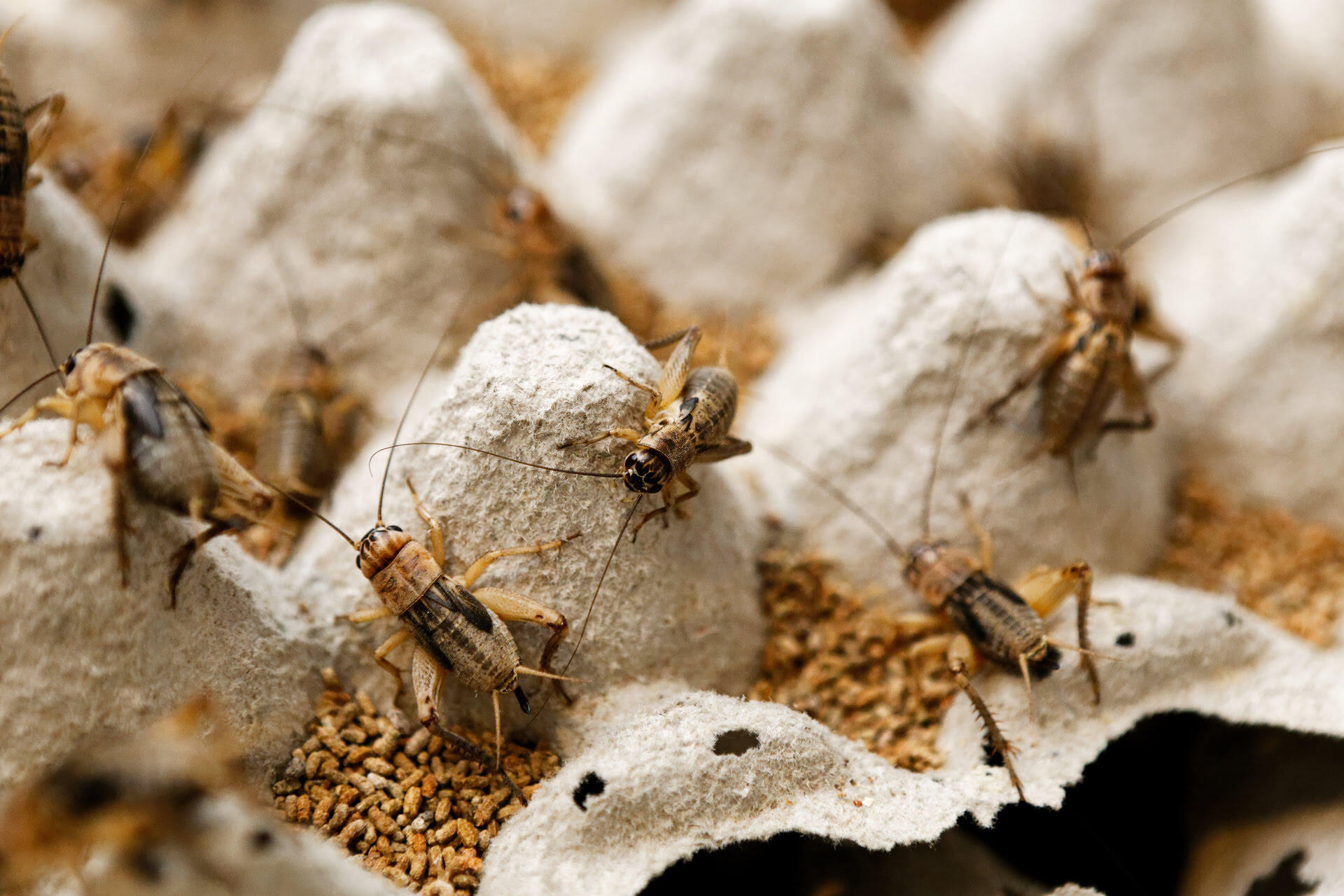

Articles
How To Store Feeder Crickets
Modified: December 7, 2023
Learn the best methods for storing feeder crickets in this informative article. Discover tips and techniques to ensure the longevity and health of your cricket supply.
(Many of the links in this article redirect to a specific reviewed product. Your purchase of these products through affiliate links helps to generate commission for Storables.com, at no extra cost. Learn more)
Introduction
Welcome to the world of feeder crickets! Whether you’re a reptile enthusiast or a hobbyist looking to provide nourishing meals for your pets, learning how to store feeder crickets is essential. Feeder crickets, also known as house crickets, are a popular choice for feeding reptiles, amphibians, and some birds due to their high protein content and nutritional value.
Proper storage of feeder crickets is crucial to ensure their health and longevity, as well as to maintain their nutritional value for your pets. In this article, we will delve into the various aspects of storing feeder crickets, including choosing the right container, providing proper feeding, ensuring hydration, controlling temperature and humidity, managing lighting requirements, maintaining cleanliness, preventing escapes, monitoring health and hygiene, and harvesting for use.
By following the guidelines outlined in this article, you’ll be equipped with the knowledge and insights to create an optimal environment for your feeder crickets, ensuring their well-being and the satisfaction of your pets.
Key Takeaways:
- Proper storage of feeder crickets is crucial for maintaining their health and nutritional value, ensuring nourishing meals for your pets, and contributing to the overall well-being of reptiles, amphibians, and birds.
- By choosing the right container, providing proper feeding and hydration, controlling temperature and humidity, and monitoring health and hygiene, you can create a healthy and sustainable food source for your pets, ensuring the longevity and nutritional value of feeder crickets.
Read more: How To Store Crickets
Choosing the Right Container
When it comes to storing feeder crickets, selecting the right container is essential. The container you choose should provide adequate space for the crickets to move around comfortably, as well as offer proper ventilation to maintain air circulation. Here are a few options to consider:
- Plastic Tubs: Plastic tubs with secure lids are a popular choice for storing feeder crickets. Make sure the tub is large enough to house the number of crickets you have and has small ventilation holes to prevent escapes.
- Glass or Plexiglass Tanks: Glass or plexiglass tanks can also be used, especially if you prefer a more transparent view of the crickets. Ensure the tank has a mesh lid or screen cover to allow for proper airflow.
- Mesh Cages: Mesh cages are another option, providing excellent ventilation and visibility. Look for cages specifically designed for housing crickets to prevent smaller insects from entering or escaping.
- DIY Enclosures: If you’re feeling adventurous, you can create your own cricket enclosure using fine mesh and a wooden or plastic frame. This gives you the freedom to customize the size and design of the container to suit your needs.
Regardless of the container you choose, it’s important to ensure that it is escape-proof. Crickets are excellent climbers and jumpers, so ensure that any openings or ventilation holes are small enough to prevent their escape.
In addition to considering the type of container, you should also think about the size. The container should be appropriately sized for the number of crickets you plan to house. As a general rule of thumb, allow for about 1 square foot of space per thousand crickets.
Remember, the key is to provide a safe and secure environment that mimics the crickets’ natural habitat, ensuring their comfort and well-being.
Proper Feeding
Feeding your feeder crickets a nutritious diet is crucial in ensuring their health and nutritional value for your pets. Proper feeding not only helps maintain their overall well-being but also enhances their nutritional content, making them an ideal food source for your reptiles, amphibians, or birds. Here are some guidelines to follow for proper feeding:
- Gut Loading: Gut loading is the process of feeding your crickets highly nutritious foods. This ensures that the crickets are packed with vitamins and minerals, ultimately benefiting your pets. Opt for commercial gut-loading diets or provide fresh fruits, vegetables, and high-quality grains such as oats and rice bran.
- Hydration: In addition to providing nutritious food, it’s important to ensure your crickets are properly hydrated. You can achieve this by using water gel crystals or providing fruits and vegetables with high moisture content, such as cucumbers or watermelon. Make sure to replace water sources regularly to prevent contamination.
- Feeding Schedule: Establish a regular feeding schedule for your feeder crickets. Aim to feed them once a day, providing enough food to last for about 24 hours. This helps prevent overconsumption, reduces waste, and ensures the crickets receive a balanced diet.
- Monitoring and Adjusting: Keep an eye on your crickets’ food consumption. If you notice that they are consistently leaving uneaten food, adjust the amount to avoid unnecessary waste. Additionally, observe the behavior and appearance of your crickets. Healthy crickets should have a lively and active demeanor.
- Supplementation: Depending on the specific dietary requirements of your pets, you may need to supplement your feeder crickets with additional vitamins or minerals. Consult with a veterinarian or do research specific to your pet’s needs to ensure you’re meeting their dietary requirements.
Remember, the nutritional content of the crickets directly affects the health and well-being of your pets. By providing a balanced and nutrient-rich diet, you’ll not only optimize the benefits for your pets but also ensure the long-term health of your feeder crickets.
Providing Water
Water is an essential component of a feeder cricket’s diet, and providing them with access to clean and fresh water is crucial for their health and hydration. Here are some tips on how to ensure your feeder crickets have an ample water supply:
- Water Source: There are a few options for providing water to your crickets. You can use water gel crystals specifically designed for insects, as they provide a convenient and efficient source of moisture. Alternatively, you can use a shallow dish or water bottle cap filled with water. Make sure the water source is easily accessible for the crickets.
- Moist Foods: In addition to a water source, you can offer moist foods to supplement the crickets’ hydration needs. Fresh fruits and vegetables with high water content, such as cucumbers, oranges, or lettuce, can provide both nutrition and hydration.
- Monitoring: Regularly check the water source to ensure it is clean and free from contamination. Change the water or water gel crystals as needed to maintain freshness. Avoid using chlorinated water as it can be harmful to the crickets. If tap water is the only option, let it sit overnight to allow the chlorine to dissipate before offering it to your crickets.
- Humidity: Proper humidity levels in the cricket enclosure can also contribute to their hydration. Monitor the humidity levels using a hygrometer and make adjustments as needed. High humidity can help prevent dehydration and molting issues in crickets.
- Preventing Drowning: While it’s important to provide water, it’s equally important to prevent the crickets from drowning. Avoid using deep water containers that may pose a risk to the crickets. Opt for shallow dishes or water bottle caps to minimize the chances of drowning accidents.
By ensuring a consistent and accessible water supply, you’ll help keep your feeder crickets hydrated and promote their overall health. Remember to regularly monitor the water source and make any necessary adjustments to ensure the well-being of your crickets.
Temperature and Humidity Control
Proper temperature and humidity control are essential factors in maintaining a healthy environment for your feeder crickets. Creating the right conditions ensures their well-being and longevity. Here are some guidelines to help you maintain optimal temperature and humidity levels:
- Temperature: Feeder crickets thrive in temperatures ranging from 70°F to 85°F (21°C to 29°C). It is important to provide a consistent temperature within this range to promote their activity, growth, and reproduction. Use a thermometer to monitor the temperature in their enclosure and make any necessary adjustments accordingly.
- Heating: If the ambient temperature falls below the desired range, you may need to use a heating device, such as a reptile heat mat or ceramic heat emitter, to ensure a stable temperature. Place the heating device on one side of the enclosure to create a temperature gradient, allowing the crickets to self-regulate their body temperature.
- Humidity: Feeder crickets require a moderate level of humidity to stay healthy. Aim for a humidity level between 40% and 60%. To maintain proper humidity, you can mist the enclosure with water using a spray bottle or place a shallow dish of water inside the container. Use a hygrometer to monitor the humidity levels and adjust as needed.
- Moist Substrate: Adding a layer of moist substrate, such as peat moss or vermiculite, can help maintain humidity levels within the enclosure. The substrate should be slightly damp, not overly wet, to prevent mold growth and excessive moisture.
- Ventilation: While moisture is necessary, proper ventilation is equally important to prevent excessive humidity and the buildup of harmful gases. Ensure there is proper airflow within the enclosure by providing small ventilation holes or using a mesh lid. This allows for the exchange of fresh air while maintaining the desired humidity level.
By maintaining optimal temperature and humidity levels, you’ll create a comfortable and suitable environment for your feeder crickets. Remember to regularly monitor the temperature and humidity to ensure they remain within the appropriate range, promoting the well-being and reproductive success of your crickets.
Read more: How To Store Crickets For Gecko
Lighting Requirements
Proper lighting is essential for the overall well-being and behavior of your feeder crickets. While they can survive without specific lighting requirements, providing them with a light source helps regulate their circadian rhythm and promotes natural behaviors. Here’s what you need to know about the lighting needs of feeder crickets:
- Natural Light: Feeder crickets generally benefit from exposure to natural light, as it closely mimics their natural habitat. If possible, place their enclosure in a room that receives natural sunlight for a few hours each day. However, be cautious of direct exposure to intense sunlight, as it can lead to overheating or temperature fluctuations.
- Artificial Lighting: If natural light is not readily available or consistent, you can provide artificial lighting to meet the crickets’ needs. Use a light source that emits a full spectrum of light, similar to natural sunlight. LED or fluorescent lights are suitable options. Ensure the lighting is not too intense or too dim, as both can disrupt the crickets’ natural behavior and activity levels.
- Lighting Schedule: Establish a regular lighting schedule for your feeder crickets. Aim for a consistent pattern of about 12 to 14 hours of light followed by 10 to 12 hours of darkness. This helps mimic the natural day and night cycle, allowing the crickets to engage in their natural behaviors, such as feeding and reproduction.
- Light Intensity: The intensity of the light source should be moderate, neither too bright nor too dim. Avoid using harsh, bright lights that can cause stress to the crickets. It’s important to strike a balance that provides enough light for their activities without disrupting their natural behavior.
- Light Placement: Position the light source a few inches above the enclosure to simulate the sun’s position in the sky. This helps create a natural lighting effect and allows the crickets to bask in the light if they choose to do so.
Proper lighting helps maintain the natural behavior and activity levels of feeder crickets. By providing a suitable light source and establishing a consistent lighting schedule, you’ll create an environment that fosters their overall health and well-being.
Store feeder crickets in a well-ventilated container with a secure lid to prevent escape. Line the bottom with paper towels and provide egg cartons for hiding spots. Keep them at room temperature and provide food and water sources.
Cleaning and Maintenance
Maintaining a clean and hygienic environment for your feeder crickets is crucial to ensure their health and prevent the spread of diseases. Regular cleaning and maintenance help create a safe and comfortable space for your crickets. Here are some important steps to follow:
- Remove Debris: Regularly remove any dead crickets, feces, or uneaten food from the enclosure. Accumulated debris can create a breeding ground for bacteria and pests, posing a risk to the health of the crickets.
- Change Substrate: If you’re using substrate, such as peat moss or vermiculite, it’s important to change it regularly. Every few weeks, remove the old substrate and replace it with fresh, clean substrate. This helps prevent the buildup of waste and bacteria.
- Clean Water Source: If you’re using a water dish or water gel crystals, clean and refill them regularly. Rinse the dish with hot water and detergent, and ensure it’s thoroughly dried before refilling. This eliminates any potential contamination and maintains a fresh water supply for your crickets.
- Disinfect Enclosure: Periodically, thoroughly clean and disinfect the entire enclosure. Use a reptile-safe disinfectant and follow the manufacturer’s instructions. Rinse the enclosure well with water to remove any residue before reintroducing the crickets.
- Monitor for Mite Infestations: Mites can be a common problem in cricket enclosures. Regularly inspect the enclosure and crickets for signs of mites, such as tiny moving specks or visible infestation. If you notice any mites, take immediate action to mitigate the issue, as they can quickly spread and harm your crickets.
- Proper Handling and Hygiene: Practice proper hygiene when handling the crickets and their enclosure. Wash your hands before and after handling them to prevent the transfer of bacteria or contaminants. Additionally, avoid exposing the crickets to any chemicals, pesticides, or cleaning agents that can be harmful to their health.
Regular cleaning and maintenance of the cricket enclosure ensure a healthy and safe environment for your feeder crickets. By implementing these practices, you’ll minimize the risk of diseases, maintain optimal hygiene, and promote the overall well-being of your crickets.
Preventing Escapes
Preventing escapes is a crucial aspect of housing feeder crickets. These nimble insects are excellent jumpers and climbers, making it important to take precautions to ensure they stay contained within their enclosure. Here are some effective measures to prevent escapes:
- Secure Lid: Choose an enclosure with a secure lid to minimize the risk of crickets escaping. Ensure that the lid is tightly fitted and has no gaps or openings large enough for the crickets to squeeze through.
- Small Ventilation Holes: While proper ventilation is important, it is crucial that the ventilation holes in the enclosure are small enough to prevent crickets from squeezing through. Use fine mesh or covers with small holes to ensure the crickets can’t escape.
- Inspect the Enclosure: Regularly inspect the enclosure for any cracks, gaps, or loose fittings that could provide potential escape routes for crickets. Repair or replace any damaged parts to maintain the integrity of the enclosure.
- Smooth Interior Surfaces: Ensure that the interior surfaces of the enclosure are smooth and devoid of any ledges, crevices, or rough edges that could assist crickets in climbing or escaping. Smooth surfaces make it difficult for crickets to gain traction and escape.
- Keep Enclosure Elevated: Elevating the cricket enclosure can reduce the risk of escapes. Place the enclosure on a stable surface or mount it on a stand to prevent crickets from jumping out when disturbed or startled.
- Monitor Handling: Exercise caution and care when handling the enclosure. Always handle the enclosure over a secure surface, such as a table or countertop, to prevent accidental escapes. Avoid sudden movements or jarring motions that may cause the crickets to jump or escape.
- Extra Precautions: If you have concerns about potential escapes, you can implement additional measures such as using double-layered containers, applying petroleum jelly around the rim of the enclosure, or utilizing escape-proof enclosures specifically designed for housing insects.
By implementing these preventive measures consistently, you can greatly reduce the risk of crickets escaping from their enclosure. Ensuring a secure and well-maintained habitat will provide peace of mind and maintain the integrity of your feeder cricket setup.
Monitoring Health and Hygiene
Regularly monitoring the health and hygiene of your feeder crickets is essential to ensure their well-being and to prevent the spread of diseases. By staying vigilant and taking proactive measures, you can maintain a healthy environment for your crickets. Here are some important aspects to consider when monitoring their health and hygiene:
- Observation: Take time to observe the behavior, appearance, and activity levels of your crickets. Healthy feeder crickets should be active, alert, and responsive. If you notice any unusual or abnormal behavior, such as lethargy, aggression, or a significant drop in appetite, it may be an indication of underlying health issues.
- Regular Cleaning: As mentioned earlier, regular cleaning of the enclosure is crucial. Removing debris, changing substrate, and disinfecting the enclosure helps maintain a clean and hygienic environment. A dirty enclosure can increase the risk of bacterial or fungal infections, as well as attract pests.
- Proper Nutrition: Monitor the crickets’ feeding habits to ensure they are consuming an adequate diet. Proper gut loading and nutritional supplementation contribute to their overall health and the nutritional value they provide to your pets. Make adjustments to their diet as needed to address any deficiencies or imbalances.
- Pest Infestations: Keep a watchful eye for signs of pest infestations in the cricket enclosure, such as mites or small insects. These pests can cause harm to the crickets and potentially spread diseases. If you notice any signs of infestation, take immediate action to eliminate the pests and prevent their recurrence.
- Quarantine: If you introduce new crickets into an existing colony, it is good practice to quarantine them for a brief period. This helps prevent the introduction of any potential diseases or parasites to the established colony. Monitor the new crickets during this period to ensure they remain healthy before introducing them to the others.
- Sickness and Injuries: If you observe any sick or injured crickets, it is important to separate them from the healthy ones to prevent the spread of disease. Provide proper care and seek veterinary assistance if necessary. Prompt action can help minimize the risk of illness or injury spreading to the rest of the colony.
- Keep Records: Maintaining records of their feeding routines, observations, and any notable changes in behavior or health can be beneficial. These records serve as a reference point for monitoring trends or identifying patterns that may indicate underlying health issues.
Monitoring the health and hygiene of your feeder crickets requires attentiveness and proactive measures. By being observant, maintaining cleanliness, and addressing any health concerns promptly, you can ensure the optimal health and well-being of your crickets, thus providing nutritionally rich meals for your pets.
Read more: How To Store Crickets For Feeding
Harvesting and Using Feeder Crickets
Harvesting feeder crickets is an important step in providing nourishing meals for your reptiles, amphibians, or birds. Proper harvesting techniques ensure you gather healthy and nutritious crickets for your pets. Here’s a guide on how to harvest and utilize feeder crickets:
- Timing: Determine the appropriate time for harvesting based on the size and age of the crickets. Generally, crickets reach their optimum size and nutritional value when they are around 1 to 2 inches in length and have fully developed wings.
- Separation: Use a separate container or enclosure to facilitate the separation of the crickets from their existing habitat. This makes it easier to collect them without disturbing the entire colony.
- Use a Catching Device: Gently introduce a catching device, such as a plastic spoon or cup, into the container with the crickets. Slowly move the device around to encourage the crickets to hop onto it. Be patient and careful during this process to avoid harming the crickets.
- Transfer to Feeding Container: Transfer the harvested crickets into a separate feeding container using the catching device. Ensure the feeding container is properly cleaned and disinfected to maintain hygiene.
- Feeding Techniques: Depending on the specific requirements of your pets, you can offer the crickets to them directly or prepare a feeding dish. Dusting the crickets with supplements or vitamins may be necessary to meet your pets’ nutritional needs. Consult with a veterinarian for guidance on the appropriate feeding techniques and supplements.
- Storage: If you have excess crickets that you’re not using immediately, you can store them for later use. Place the crickets in a separate container with adequate ventilation, food, and water. Store them in a cool and dark place to prolong their lifespan. Regularly check on them and remove any dead crickets to maintain cleanliness.
- Breeding: If you’re interested in breeding your own feeder crickets, ensure you have a dedicated breeding setup. Follow proper breeding techniques, provide suitable conditions, and monitor their reproductive cycles. This allows you to have a continuous supply of healthy and robust crickets for your pets.
Harvesting and utilizing feeder crickets requires care and attention to ensure their quality and nutritional value for your pets. By following these guidelines, you can provide nourishing meals and maintain a readily available supply of feeder crickets to support the health and well-being of your reptiles, amphibians, or birds.
Conclusion
Properly storing feeder crickets is essential for maintaining their health, ensuring their nutritional value, and providing nourishing meals for your pets. By following the guidelines outlined in this article, you can create an optimal environment that meets the needs of your feeder crickets. From choosing the right container to providing proper feeding, hydration, and temperature control, every step plays a crucial role in their well-being.
Regular monitoring of their health and hygiene, as well as implementing preventive measures to prevent escapes and maintain cleanliness, is key to keeping a thriving colony of feeder crickets. Additionally, harvesting and utilizing the crickets in a timely manner ensures that your pets receive the most nutritious meals.
Remember, providing a balanced diet, gut loading the crickets with nutritious food, and meeting their temperature, humidity, and lighting requirements are all essential for their overall health. Stay vigilant, regularly check their behavior and appearance, and make adjustments as necessary to ensure their well-being.
By taking the time to educate yourself on proper storage techniques and implementing these guidelines, you can create a healthy and sustainable food source for your pets. The satisfaction of knowing that you are providing high-quality meals for your reptiles, amphibians, or birds will be well worth the effort.
In summary, by choosing the right container, feeding them well, providing water and maintaining proper temperature and humidity levels, monitoring their health, preventing escapes, and utilizing them effectively, you can ensure the longevity and nutritional value of feeder crickets. Ultimately, a well-maintained colony of feeder crickets contributes to the overall health and happiness of your beloved pets.
Frequently Asked Questions about How To Store Feeder Crickets
Was this page helpful?
At Storables.com, we guarantee accurate and reliable information. Our content, validated by Expert Board Contributors, is crafted following stringent Editorial Policies. We're committed to providing you with well-researched, expert-backed insights for all your informational needs.
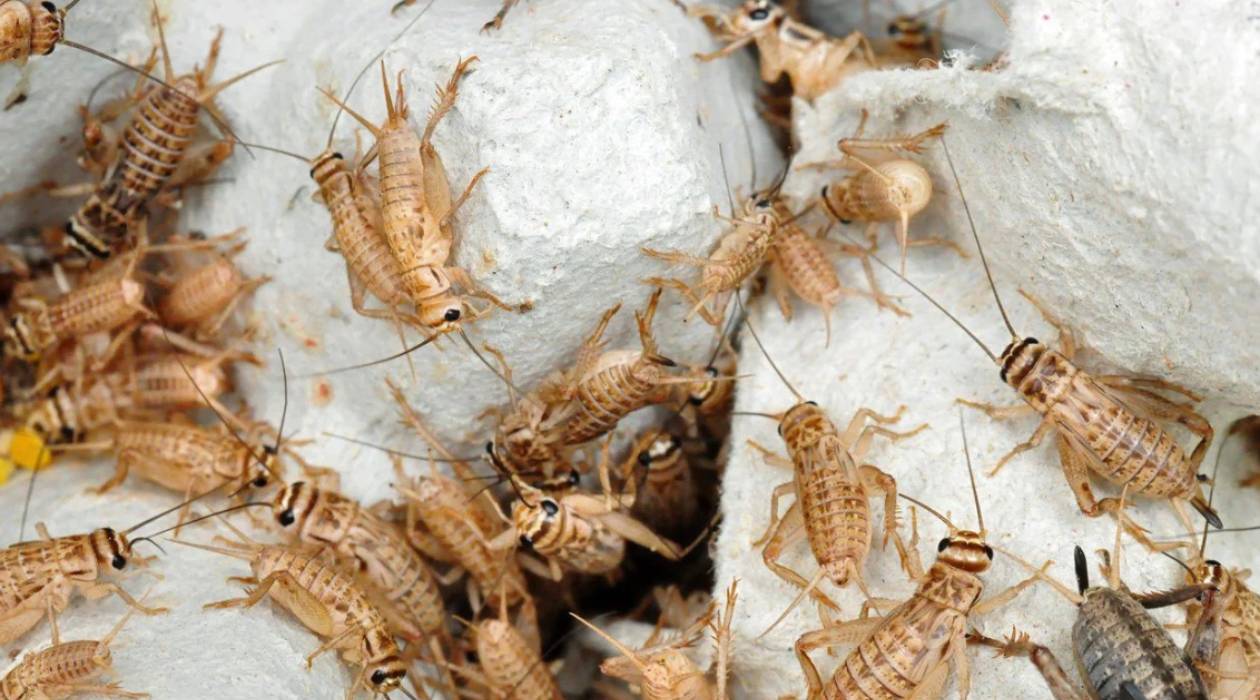
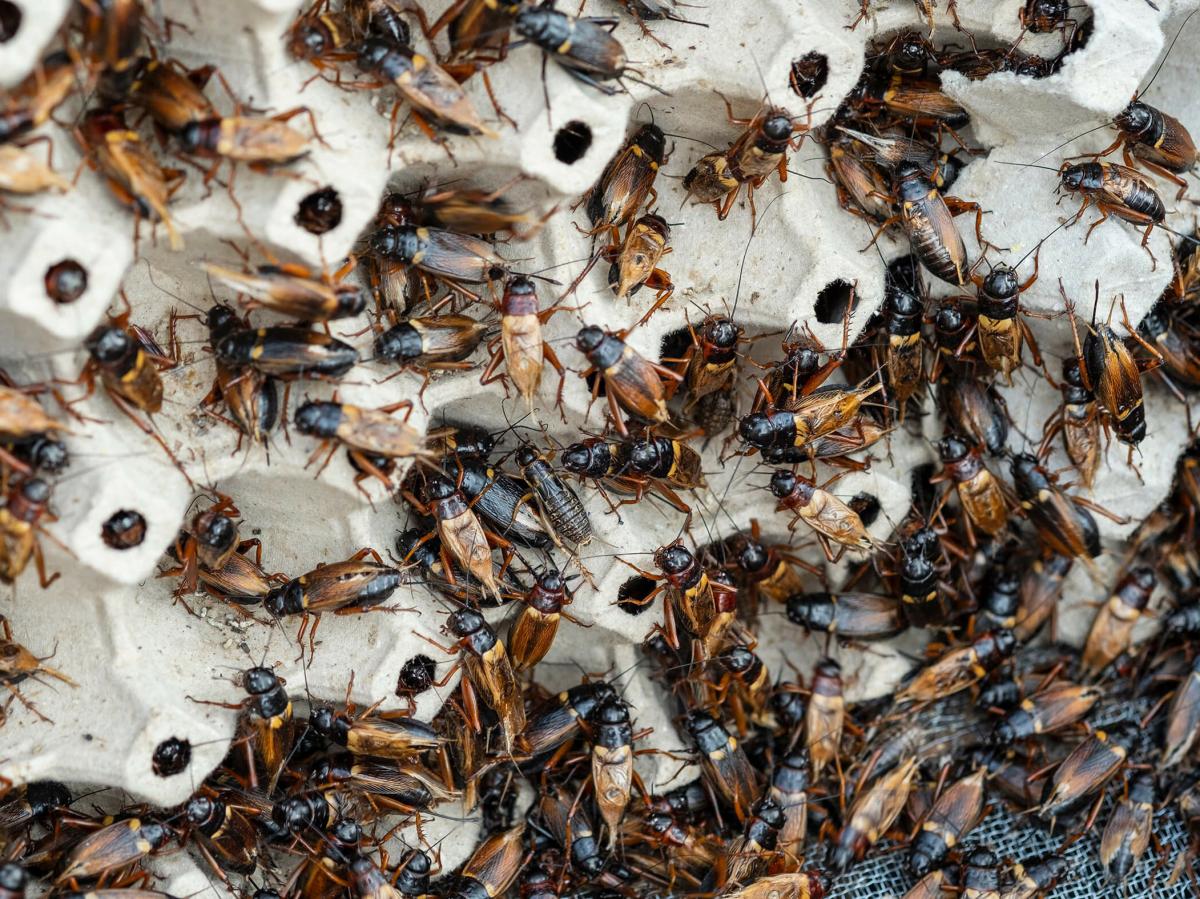
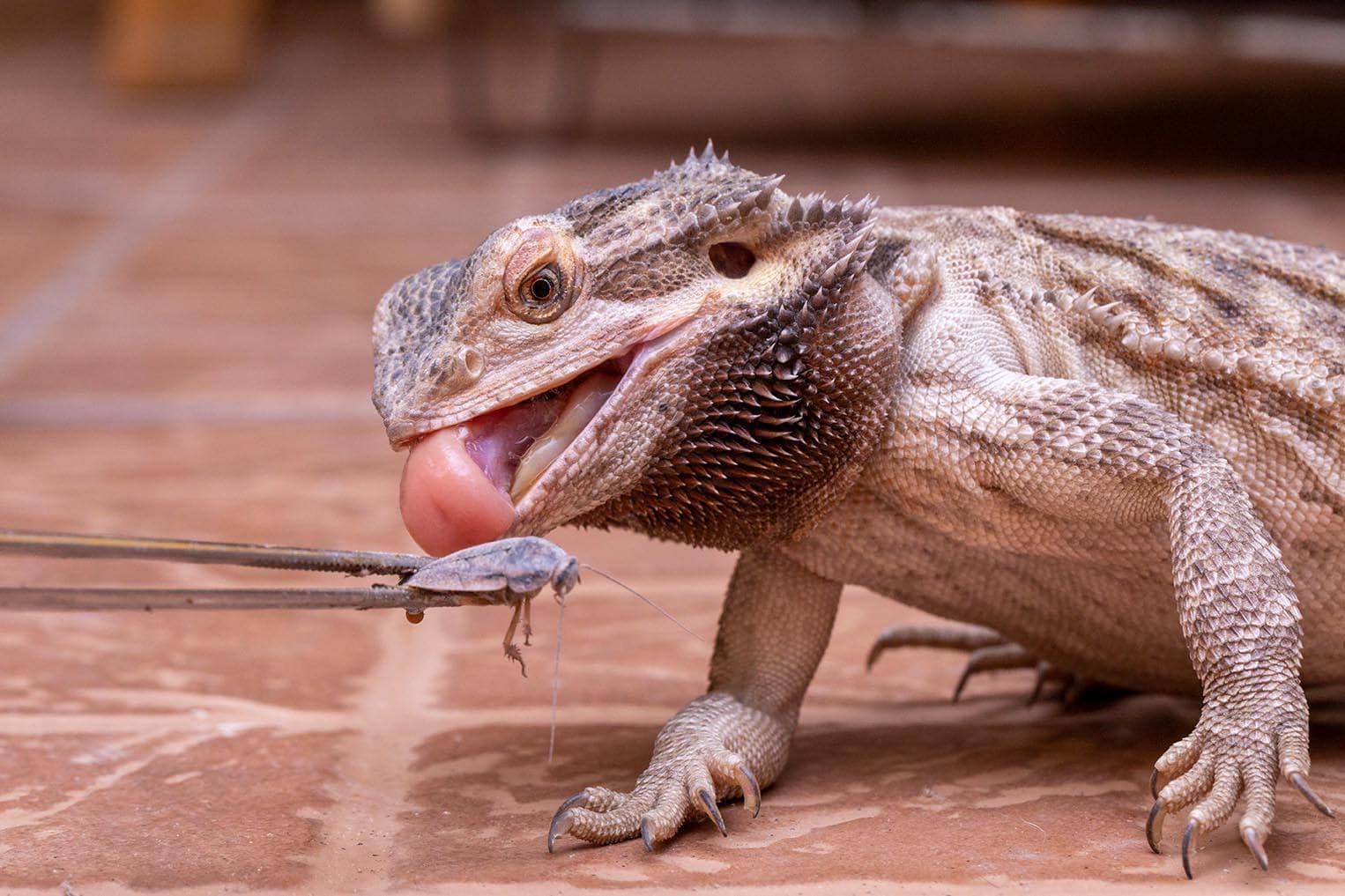
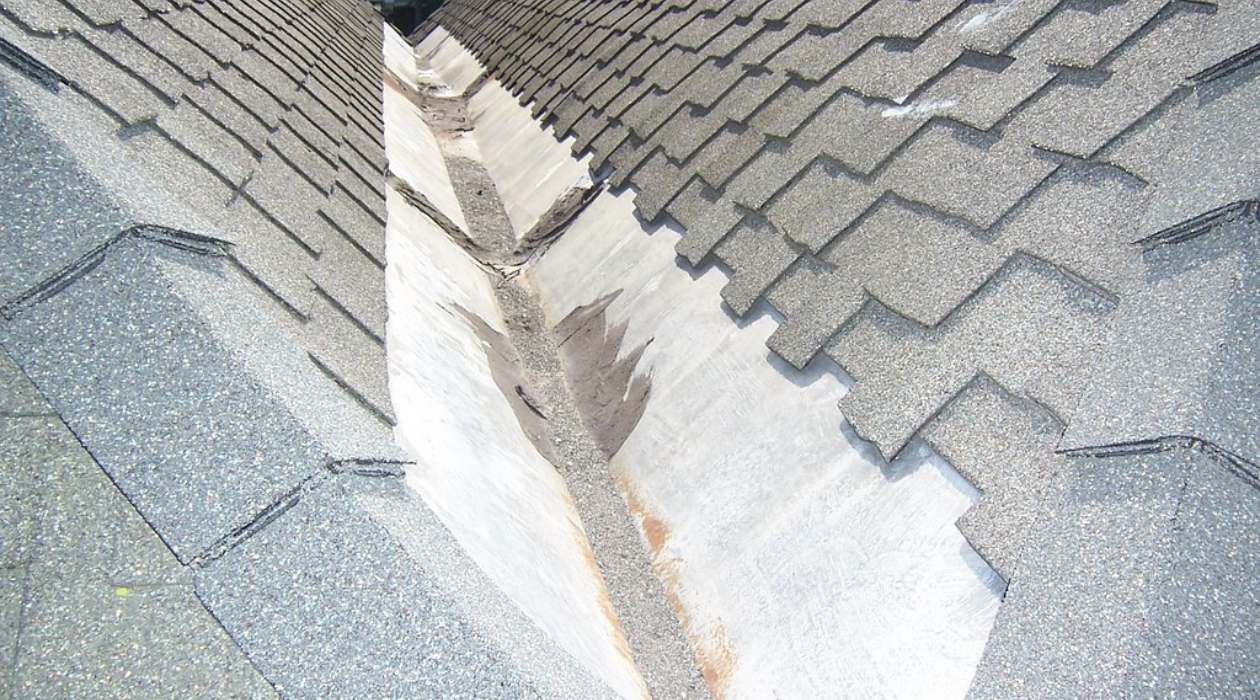
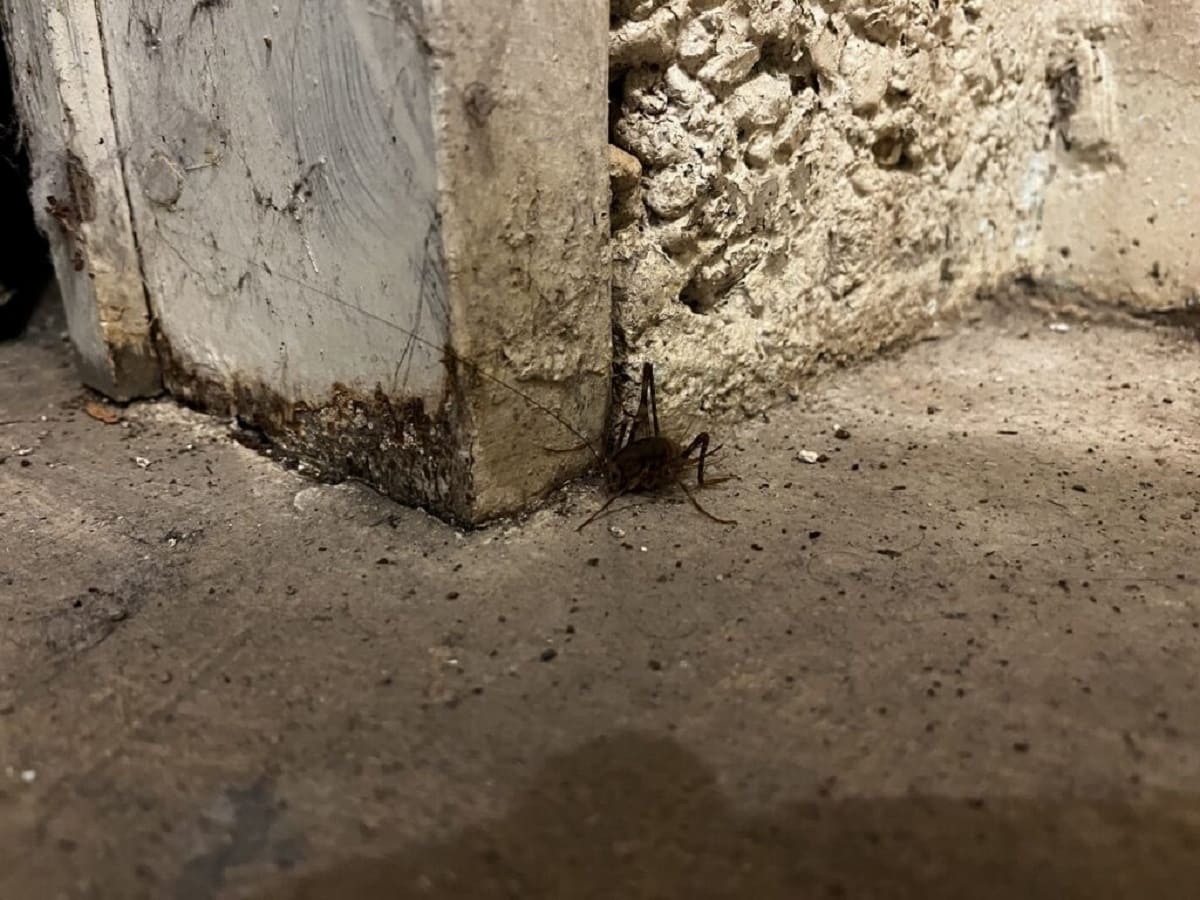


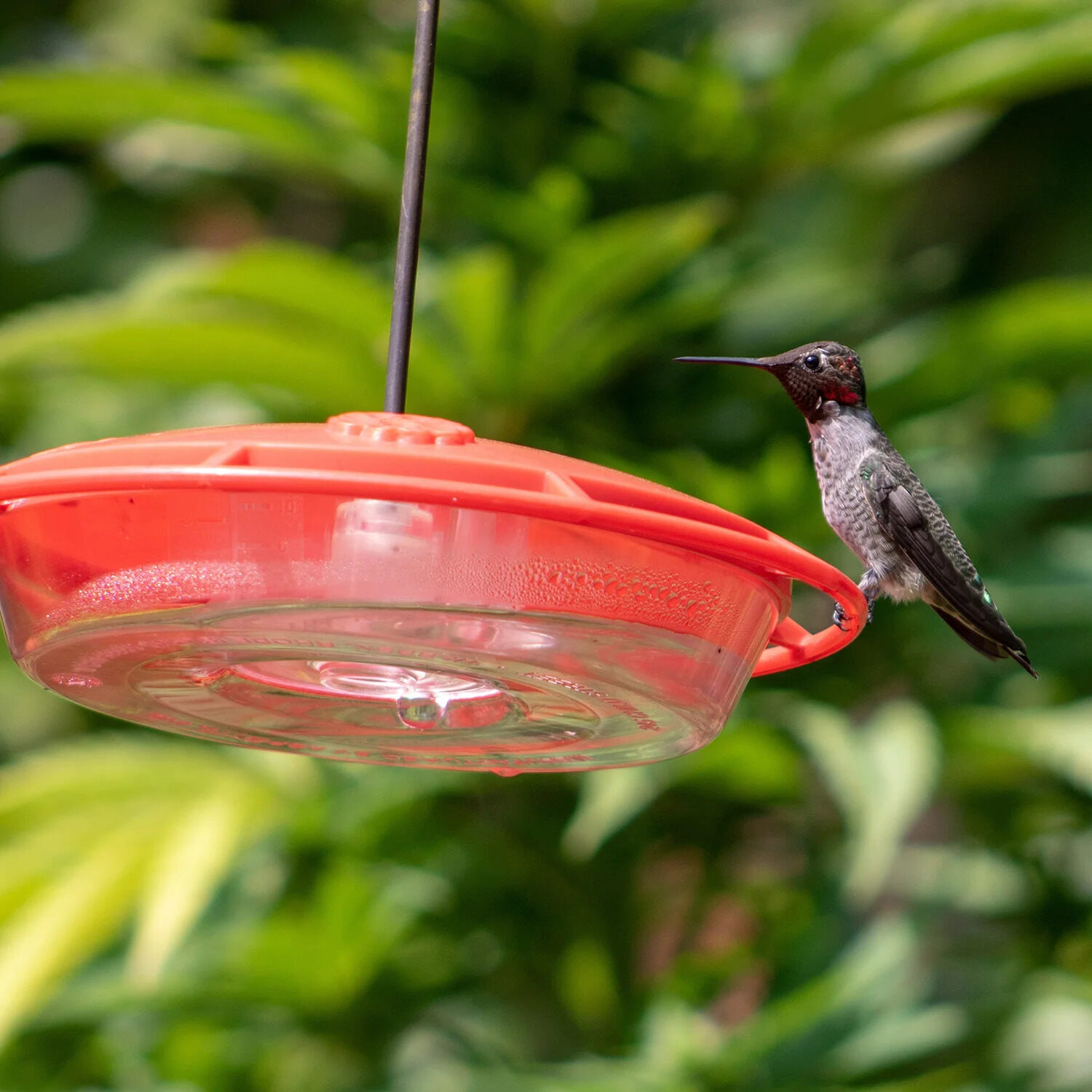

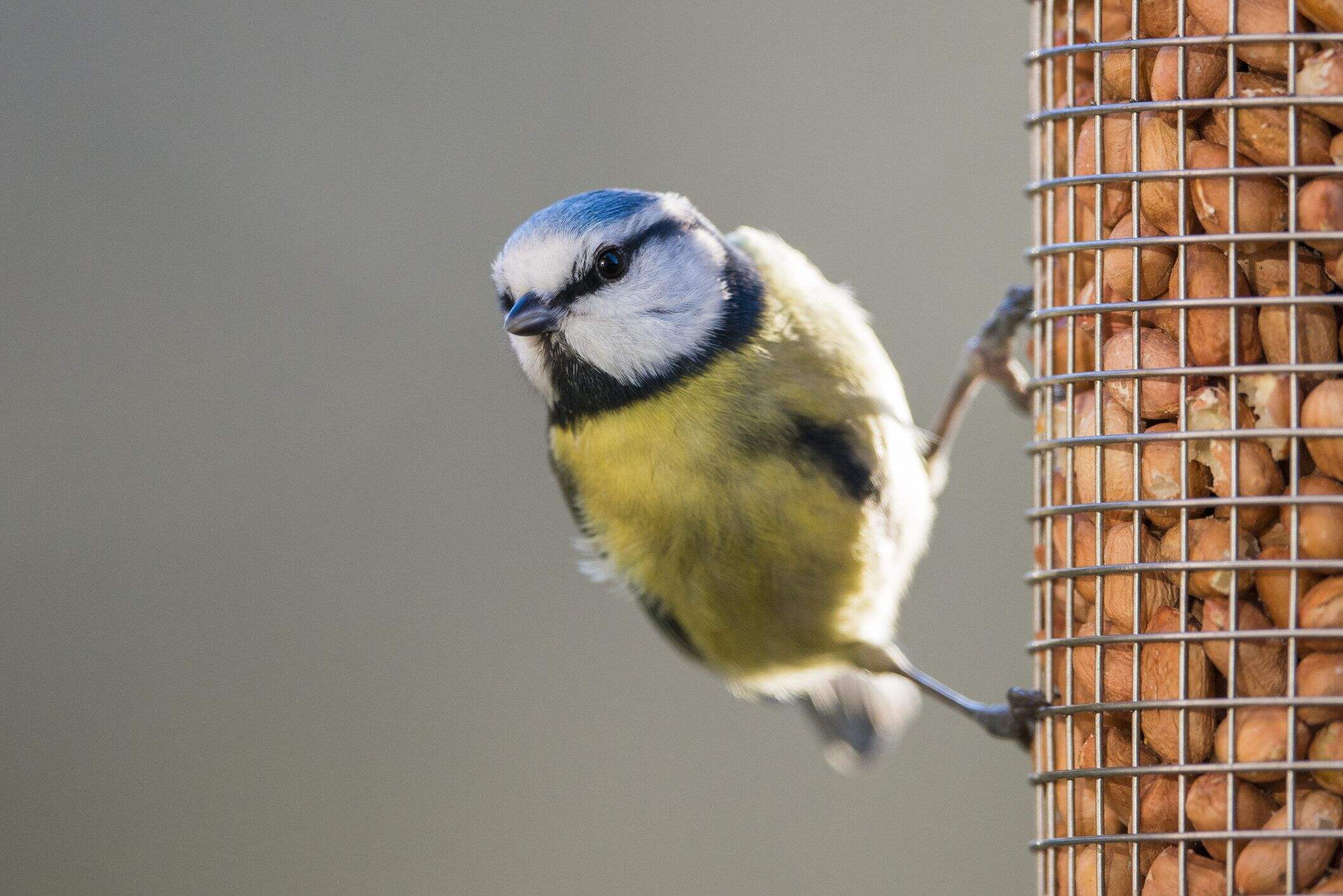
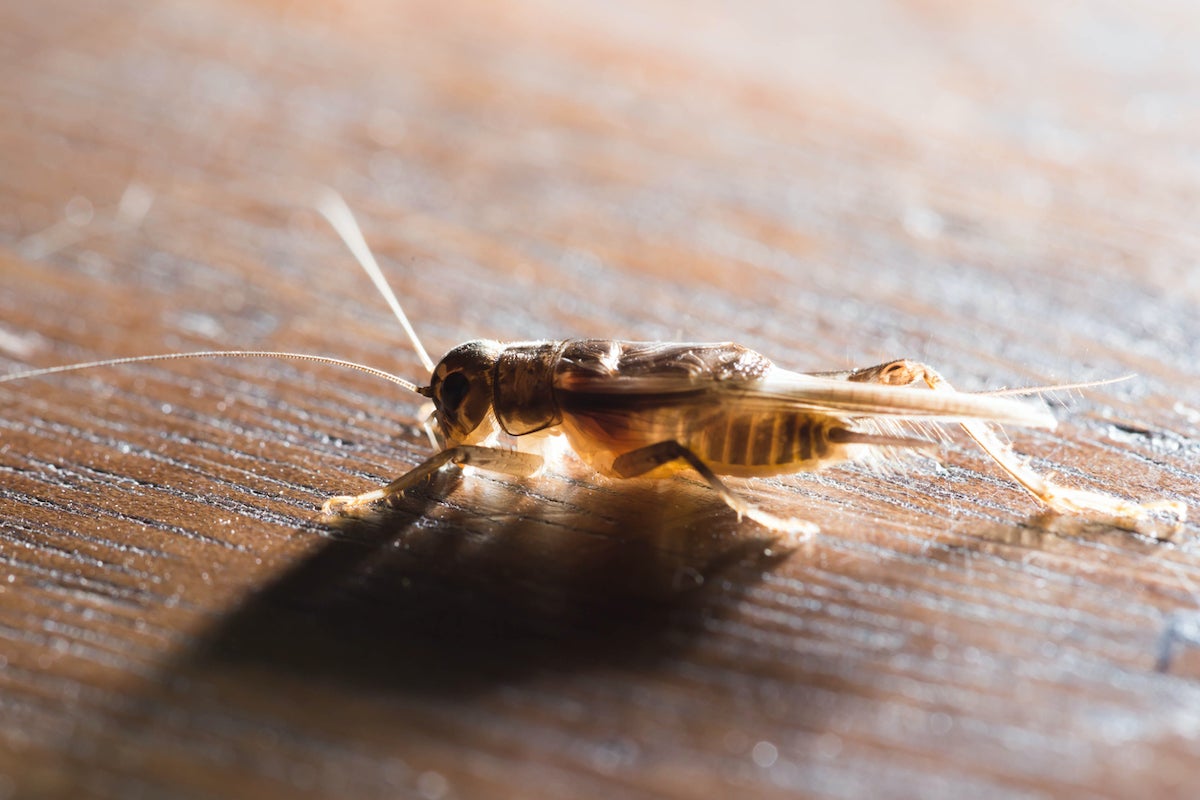
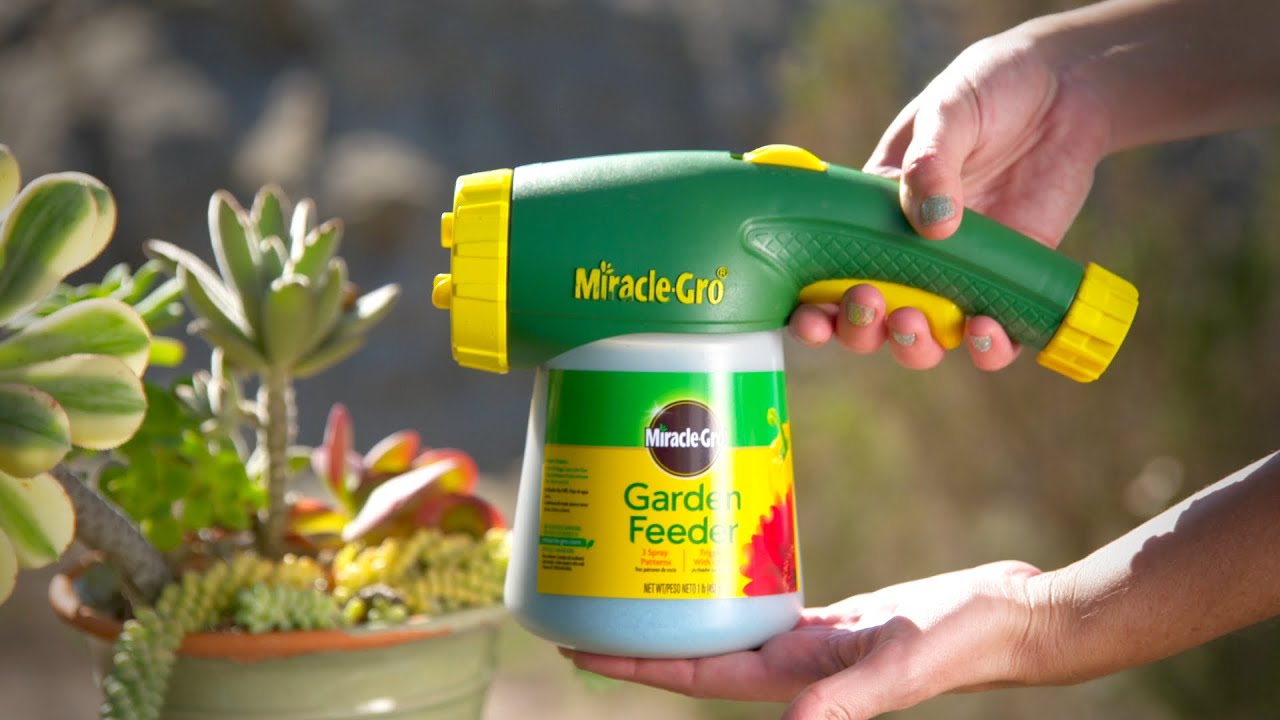
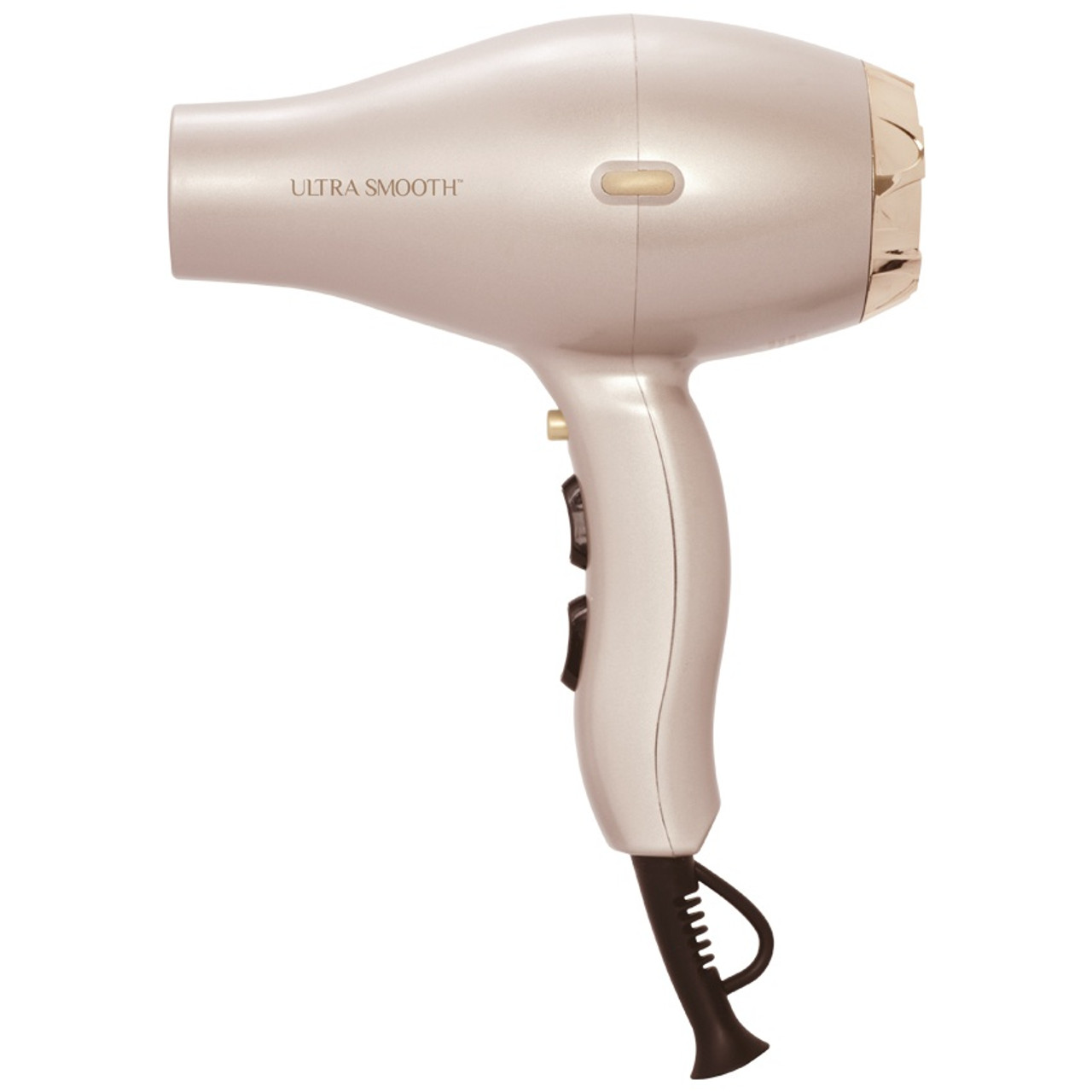

0 thoughts on “How To Store Feeder Crickets”